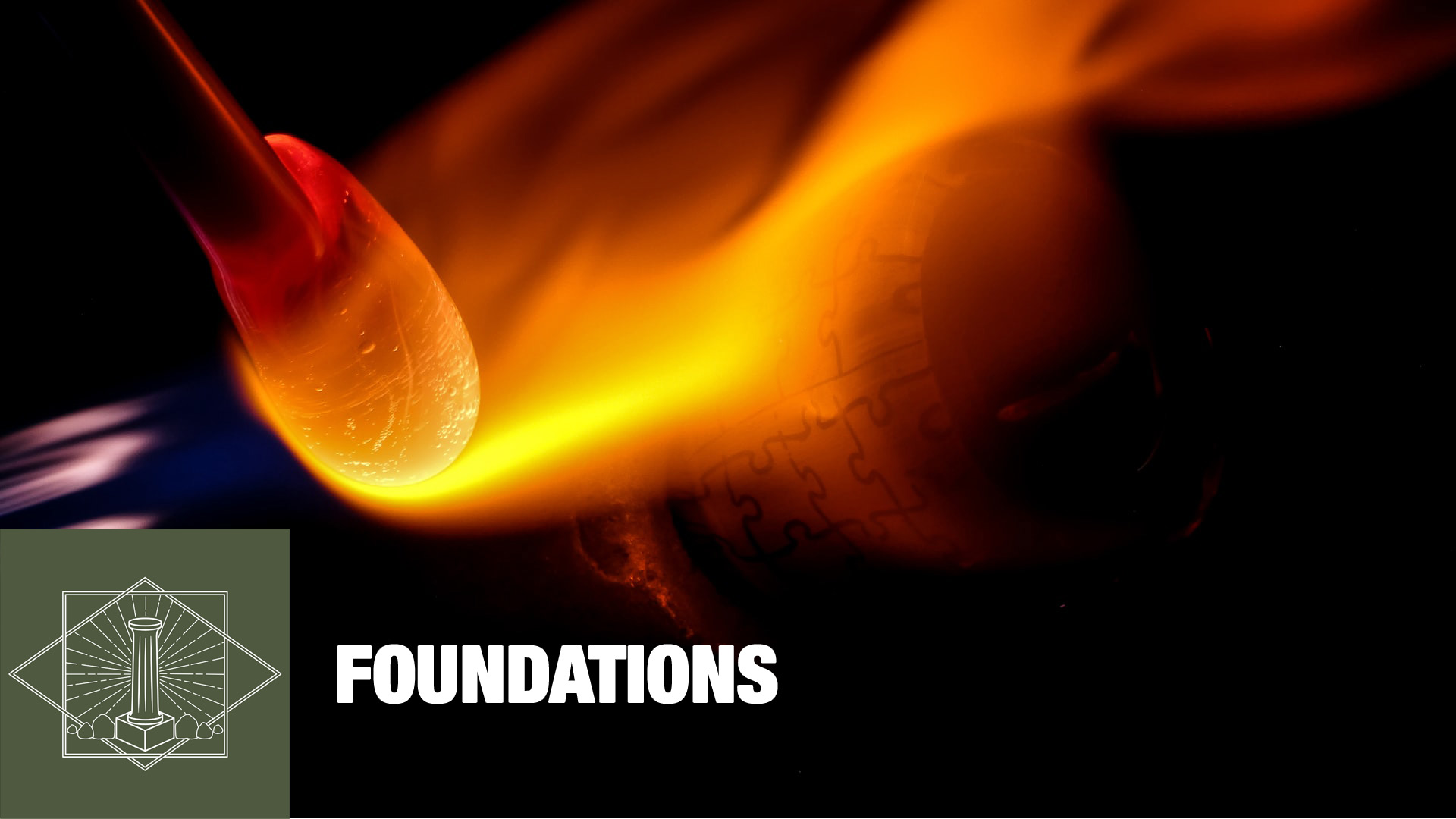An Invitation to Freedom
I. A CRUCIAL but CHALLENGING passage. (12:1-42)
A. READING like an EGYPTIAN. (Prov. 18:17)
B. We ALL know or have a FIRSTBORN. (v.30)
C. This is a PART of a larger STORY. (Gen. 15:13; v.12; 7:14-11:10)
D. Making an IDOL of complete UNDERSTANDING. (Col. 2:2)
Today we come to a passage that is foundational in understanding the journey of the Jews from slavery to the promised land. Last week we saw God’s promise to redeem them, to set them free. This we see exactly how he did it. It’s a great passage of victory unless you are Egyptian. That perspective complicates things and raises a lot of challenging questions.
1. Kid’s question: What stands out to you the most about this Bible story? Why?
2. As an adult, how do you respond to the questions and concerns Jeff raised aboutreading this story in today’s world? Do they bother you? Should they?
3. Have you been guilty of making an idol of complete understanding? When and inwhat ways? How did that resolve? (Or did it?)
II. Freedom – A fundamental REORIENTATION of EVERYTHING. (v.1-33)
A. The MARKING of TIME. (v.1)
B. Specific ACTIONS and their CATALYST. (v.2-13, 21-23)
C. The POWER of SYMBOL. (v.7, 22-23)
D. The use of MEMORY and STORY. (14-20, 24-28)
E. ACKNOWLEDGMENT of the true POWER. (v.29-33)
The people are set physically free from Egypt, but mentally they will be enslaved for years to the patterns they have learned during their time in Egypt. Yet this very night God begins a radical process of reorientation of their whole lives. There are some things that we can see that apply to our own journey – our own needed reorientation.
4. What are some ways we can practically “reoirent” our use and understanding of time? Think of something you can do regularly that reminds you that God is the one who orders all time.
5. What symbols (Christian or otherwise) have you seen to be powerful in our world. How do they exert power? What symbols are meaningful for you and why?
6. Think of a memory you have that still exerts influence on the type of person you are today? How can we cultivate and sustain a memory of God’s faithfulness in our lives?
III. The FOUNDATIONS of FORMATION. (Gal. 4:19)
A. The CALL to a REORIENTED life. (Mt. 16:24-26)
B. PRACTICE – The melding of ACTION, SYMBOL, and STORY. (v.1-42)
C. A SURRENDER to the power of the SPIRIT. (v.28; Gal. 5:16-18)
We want to move into freedom as well. We want to be different people, not just do some different things. What are the tools that this passage and the rest of Scripture offers us for this life-long journey of formation? How do we leave the slavery of sin and move into the freedom of the Spirit?
7. Does the idea of spiritual practices shaping your life over time intrigue you? What are some things you might we willing to “practice” in order to be shaped to be more like Jesus? How will you set that up?
8. How would you define “walking by the Spirit”? What does it look like? How can you know if you are doing it?
“Aligning faith in God and certainty about what we believe and needing to be right in order to maintain a healthy faith—these do not make for a healthy faith in God. In a nutshell, that is the problem. And that is what I mean by the ‘sin of certainty.’ It is sin because this pattern of thinking sells God short by keeping the Creator captive to what we are able to comprehend—which is the very same problem the Israelites had when they were tempted to make images of God (aka idols) out of stone, metal, or wood. For ancient people, images made the gods present for the worshippers, something tangible to look at to let them connect with the divine realm. But Israel’s God said no. Any images shaped by human hands limit God by bringing God too far into alignment with ancient conceptions of the divine.”
– Peter Enns, The Sin of Certainty: Why God Desires Our Trust More Than Our “Correct” Beliefs

